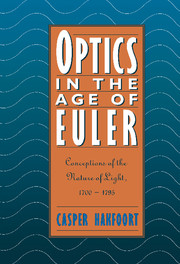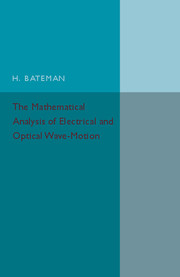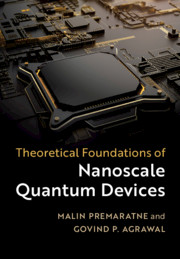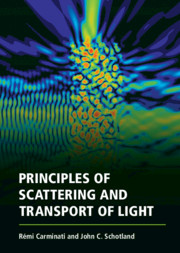Optics in the Age of Euler
According to received historiography, the fundamental issue in eighteenth-century optics was whether light could be understood as the emission of particles, or as the motion of waves in a subtle medium. Moreover, the emission theory of light was supposed to have been dominant in the eighteenth century, backed by Newton's physical arguments. This picture is enriched and qualified by focusing on the origins, contents and reception of the wave theory of light, published by Leonhard Euler in 1746, studied in depth in this 1995 book. Contrary to what has been assumed, the particle–wave debate only starts with Euler. When the emission view of light suddenly became dominant in Germany around 1795, it was new chemical experiments that proved crucial. Reflecting on the mathematical, experimental and metaphysical aspects of physical optics, a general picture of early modern science is outlined in the epilogue to the book.
- An in-depth study of L. Euler's wave theory of light
- Enriches and corrects fundamental debate issues on optics
- Sheds light on the relevance of chemistry for physical optics in the late eighteenth century
Reviews & endorsements
"...this book with its rich factual material and thought provoking ideas is a valuable contribution to the history of science." Nahum Kipnis, Technology and Culture
Product details
April 2011Adobe eBook Reader
9780511879302
0 pages
0kg
13 b/w illus. 3 tables
This ISBN is for an eBook version which is distributed on our behalf by a third party.
Table of Contents
- Acknowledgements
- 1. Introduction
- 2. The debate on colours, 1672–1720
- 3. Theoretical traditions in physical optics, 1700–45
- 4. Euler's 'Nova theoria' (1746)
- 5. The debate in Germany on the nature of light, 1740–95
- 6. Epilogue: optics as a mirror of eighteenth-century science
- Notes
- Bibliography
- Index.







